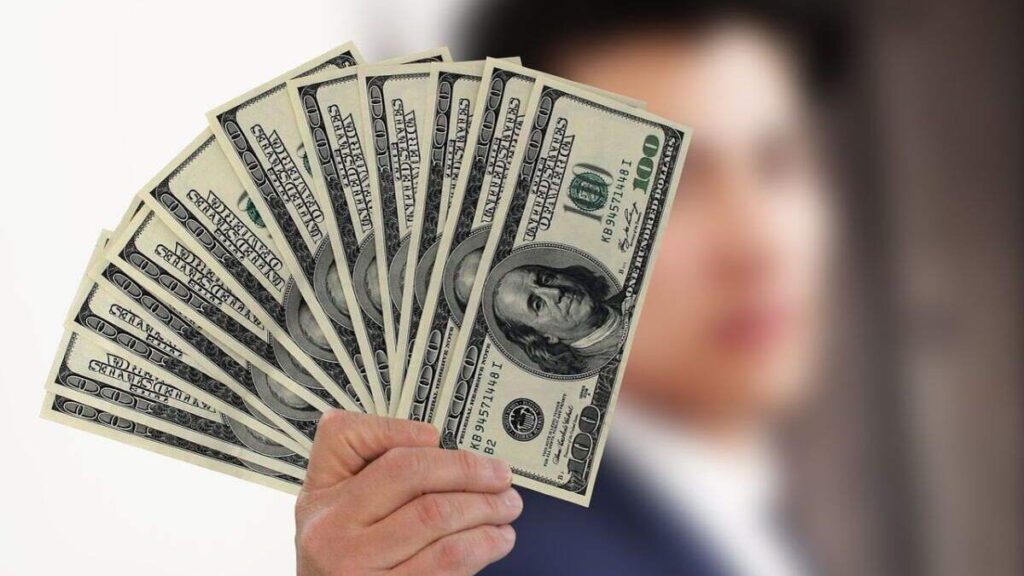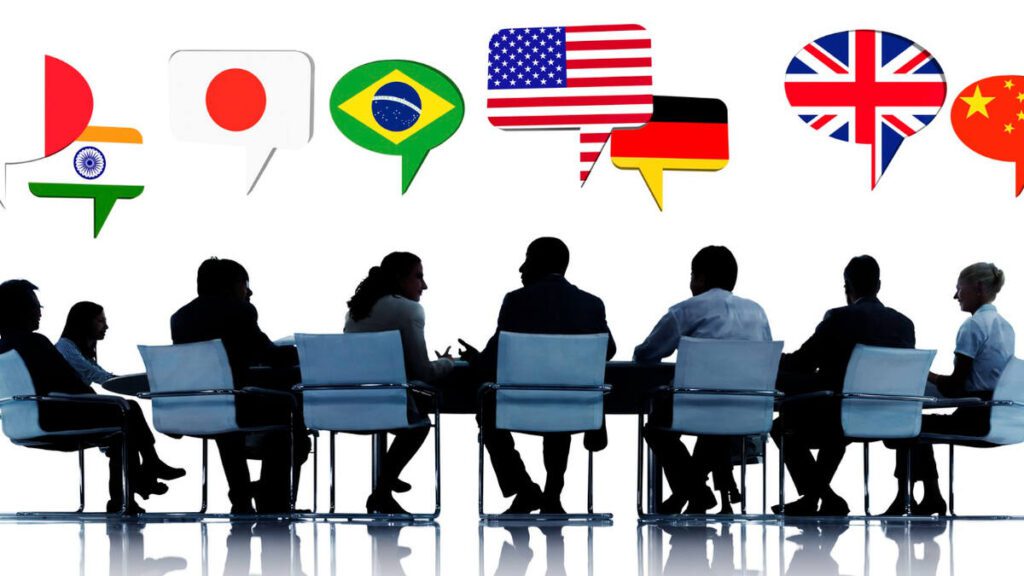Introduction
In the fast-paced world of startups, there’s a certain allure that surrounds the term “Billion-Dollar Startups.” These are the golden unicorns—companies that reach a valuation of one billion dollars or more, often before they’ve even turned a profit. They captivate the public with flashy promises, groundbreaking tech, and charismatic founders. But what happens if such expectations are not fulfilled? What do we do when the stories we root for turn into cautionary tales?
- Introduction
- The Rise and Fall of Theranos
- WeWork's Implosion
- Quibi: A Quick Death
- Jawbone: Tech That Lost Its Voice
- Better Place: Charging Into Bankruptcy
- Zirtual: Burnout at Scale
- Homejoy: Clean Exit, Dirty Details
- Beepi: The Bubble Bursts
- Argo AI: Self-Driving to Nowhere
- Fast: Checkout So Fast It Crashed
- Why Billion-Dollar Startups Fail So Fast
- The Startup Graveyard: Lessons Learned
- How to Spot the Red Flags in a Startup
- Conclusion
Everyone loves a rags-to-riches story, but the business world is just as full of riches-to-rags journeys. While media tends to celebrate the rise, the fall often goes unnoticed—until it’s too late. These failures serve as brutal reminders that even the most promising ventures, with billions in backing, can crumble overnight. Why? Sometimes it’s hubris. Other times, it’s bad management, unrealistic projections, or plain old fraud.
This article takes a deep dive into 10 Billion-Dollar Startups that soared to astonishing heights only to nosedive with equal velocity. We’ll explore what went wrong, the warning signs that were missed, and the invaluable lessons budding entrepreneurs can learn from their demise. Grab a seat—this is going to be a ride through the glitz, the glamour, and the gut-wrenching crashes of the startup world.
The Rise and Fall of Theranos
Theranos was once the poster child of innovation in health tech. At its peak, this billion-dollar startup was valued at over $9 billion and led by the enigmatic Elizabeth Holmes, who famously mimicked Steve Jobs in both fashion and visionary rhetoric. Theranos promised a blood-testing revolution—accurate diagnostics using just a finger prick of blood. The claim? Hundreds of tests from a few drops. Investors and media ate it up. Holmes graced the covers of magazines, gave TED Talks, and built a board stacked with political heavyweights.
However, the story began to unravel in 2015 when whistleblowers and investigative journalists exposed the fact that the technology simply didn’t work. The machines gave inconsistent results, and many tests were done using traditional third-party equipment. What followed was a spectacular implosion. In the courtroom, the world watched a rare public fall from grace.
What’s astonishing is how long the illusion lasted. Due diligence was overpowered by enthusiasm, despite warning flags. Theranos taught us that even in the age of innovation, truth and transparency are non-negotiable. It also reminded us that not every slick-talking founder has the tech to back it up. In hindsight, it was a classic case of “fake it till you make it” gone catastrophically wrong.
WeWork’s Implosion
If Theranos was a health-tech horror story, WeWork was a real estate on rocket fuel. Founded by Adam Neumann, WeWork aimed to redefine office culture by offering shared workspaces designed for startups and freelancers. Investors were smitten. By 2019, this billion-dollar firm had soared to a valuation of $47 billion. SoftBank poured in billions. Neumann was hailed as a visionary.
But behind the scenes, things weren’t so pretty. WeWork’s business model—leasing long-term and renting short-term—wasn’t as revolutionary as it was risky. Add to that massive cash burn, questionable financials, and Neumann’s erratic leadership style, and the company is on shaky ground. The 2019 IPO filing revealed just how bad things were. Investors balked. The IPO was pulled. Neumann was ousted with a golden parachute, and WeWork’s value plummeted.
The fall was swift. Think about that. This story is a masterclass in overvaluation, poor governance, and the danger of falling in love with a founder rather than focusing on the fundamentals. It also shows how the cult of personality can sometimes outshine the actual business—and that’s a recipe for disaster.
Quibi: A Quick Death
Some failures take years to unravel; others happen in the blink of an eye. Enter Quibi, the Billion-Dollar Startup built to reinvent how we consume video. Led by media mogul Jeffrey Katzenberg and former HP CEO Meg Whitman, Quibi raised $1.75 billion pre-launch. The idea was bold: offer short, high-quality video episodes designed specifically for mobile consumption. It launched in April 2020, right as the pandemic locked everyone indoors.
But that timing, instead of helping, hurt. Quibi was made for on-the-go viewers—commuters, coffee breaks, quick moments. And in a world suddenly working from home, its core use case evaporated. Add to that limited content, no screenshot/sharing features (which hurt virality), and competition from TikTok and YouTube, and Quibi was doomed. By December, it was gone. A billion-dollar idea folded in eight months.
What makes Quibi’s fall even more surprising is the pedigree behind it. With two seasoned executives at the helm, you’d expect better market insight. Instead, they misunderstood the audience entirely. Sometimes, even the most experienced leaders get it wrong. And in startup land, timing isn’t everything—it’s the only thing.
Jawbone: Tech That Lost Its Voice
In the past, Jawbone was a popular product in the consumer electronics industry. Known initially for its sleek Bluetooth headsets and later for fitness trackers, it was considered a true innovator. In its prime, this Billion-Dollar Startup raised over $900 million from venture capitalists, including Sequoia and Andreessen Horowitz. The company competed directly with Fitbit and Apple, and for a time, it seemed like it had the upper hand.
But the cracks began to show. Jawbone suffered from bad customer service, software bugs, and hardware problems. Lawsuits followed—some with competitors, others with suppliers. Even as the wearables market exploded, Jawbone couldn’t capitalize. Its products were unreliable, its user base frustrated, and its leadership in denial. By 2017, the company entered liquidation.
Jawbone is a textbook example of how even great ideas and strong branding can falter if execution fails. It also illustrates the risks of pivoting too quickly without solidifying your core offering. For startups playing in fast-evolving tech, one misstep can mean losing your voice forever.
Better Place: Charging Into Bankruptcy
Better Place was supposed to revolutionize the electric vehicle industry. Founded in 2007 by Shai Agassi, this Billion-Dollar Startup had a bold vision: to create a global network of EV charging and battery-swapping stations. The idea was groundbreaking at the time. Investors loved it, pouring in nearly $1 billion. Countries like Israel and Denmark were on board. On paper, it was the future.
But in reality, things didn’t charge up the way they hoped. Better Place’s model depended on building vast infrastructure before having enough cars on the road. The company overestimated demand and underestimated how hard it would be to change consumer behavior. There were also internal management issues—Agassi was removed as CEO before the company collapsed.
By 2013, Better Place had burned through its funding and declared bankruptcy. Despite its visionary concept, it became one of the most spectacular failures in clean tech. The biggest takeaway? Timing, execution, and market readiness all matter. You can’t force a revolution before the world is ready for it. Better Place showed us how even a billion-dollar push can’t guarantee a cultural shift.
Zirtual: Burnout at Scale
Zirtual had a simple but brilliant idea: offer virtual assistants to busy professionals and businesses. Founded by Maren Kate Donovan, this Billion-Dollar Startup quickly gained traction. Customers loved the convenience, and investors saw potential in scaling the gig economy into white-collar services. It was growing fast, bringing on hundreds of assistants and signing up clients by the dozen.
But beneath the surface, Zirtual was running on fumes. The company was mismanaging its finances, overextending itself, and not planning for payroll. Then, one day, without warning, Zirtual shut down. Overnight, 400 employees were laid off via email. Clients were left hanging. It was a shock. No one saw it coming.
The lesson here? Growth without control is chaos. Zirtual was so focused on expansion that it ignored operational health. It also taught entrepreneurs the value of transparency—especially with employees. Even great ideas can collapse under poor leadership and worse planning. In the fast-paced world of startups, moving too quickly can burn you out—and take your entire company with you.
Homejoy: Clean Exit, Dirty Details
Homejoy wanted to do home cleaning, which Uber did for rides. Founded in 2010, it offered easy, on-demand cleaning services through an app. The concept clicked instantly. Investors saw it as the future of home services, and the Billion-Dollar Startup raised $40 million from the likes of Google Ventures. With aggressive marketing and fast growth, Homejoy quickly expanded across dozens of cities.
But trouble was brewing. First came complaints about quality and consistency—users weren’t getting the same cleaners, leading to poor customer retention. Then came lawsuits from workers claiming they were misclassified as independent contractors rather than employees. Combined with high customer acquisition costs and low repeat usage, Homejoy couldn’t keep up.
By 2015, it shut down. Many believe the lawsuits were the final nail, but others point to a flawed business model. The takeaway? Fast growth means nothing if your service doesn’t retain users. And if your entire workforce is built on legal ambiguity, you’re building on sand. Homejoy’s story reminds us that innovation in service needs a solid foundation—one that legal and operational storms can’t wash away.
Beepi: The Bubble Bursts
Buying or selling a used car is notoriously painful. Beepi set out to fix that. It promised a seamless online experience that cut out the dealership and gave power to the consumer. For a while, it worked. Investors jumped in, and Beepi raised over $150 million. At one point, the Billion-Dollar Startup was valued at $560 million and poised to dominate the auto resale market.
But behind the slick promises and glitzy app, the model was losing money. Beepi was overpaying for cars, spending heavily on marketing, and unable to scale efficiently. Internal conflicts and missed milestones compounded the problems. Attempts to merge with other startups failed, and layoffs soon followed.
By early 2017, Beepi was gone. Its website was taken down, and its assets sold off. What happened? The market was real, the pain point valid—but the business model was flawed. They tried to do too much, too fast, without securing profitability. Beepi serves as a warning about startup vanity metrics: long-term viability is not always correlated with high valuations. You can’t build a sustainable company on hope and hype alone.
Argo AI: Self-Driving to Nowhere
In the competition for autonomous cars, Argo AI stood out. Backed by giants like Ford and Volkswagen, this billion-dollar startup focused on developing self-driving car technology. At its peak, it had more than $3.6 billion in investment and was testing vehicles in major cities. It looked like a leader in the future of transportation.
But in 2022, the company unexpectedly shut down. Why? The tech wasn’t ready. While Argo had made strides in AV development, it couldn’t produce a commercially viable and fully autonomous system. Ford and VW, the major investors, decided to cut their losses and shift focus to less risky assisted driving systems.
Argo AI’s collapse shows the dangers of betting too much on emerging tech without a clear path to deployment. Even with deep pockets and industry support, innovation can stall. It’s also a harsh reminder that not every futuristic vision pans out, no matter how much capital you throw at it. Argo didn’t fail because it wasn’t smart—it failed because the world and the tech weren’t quite there yet.
Fast: Checkout So Fast It Crashed
Imagine a world where checkout only takes a single click—no forms, no logins, just instant purchases. That’s the promise Fast offered. This Billion-Dollar Startup was supposed to revolutionize e-commerce with its “one-click” login and payment solution. With backing from Stripe and other major investors, Fast raised $120 million and quickly gained buzz in Silicon Valley.
But it burned out just as quickly. In 2022, Fast collapsed. Why? Simply put, it had no revenue model that could match its spending. It was losing over $10 million a month with minimal traction. Founder Domm Holland pushed growth aggressively, hiring over 400 employees and investing heavily in marketing. Yet their user base didn’t scale fast enough to justify the costs. At the time of shutdown, Fast reportedly had only $600,000 in revenue—staggering when you look at how much it had raised.
Fast is a modern parable of Silicon Valley excess. It showed how hype can sometimes blind both founders and investors. The desire to “move fast and break things” works only if you have a solid foundation. And in Fast’s case, the crash wasn’t just fast—it was inevitable.
Why Billion-Dollar Startups Fail So Fast
Now, let’s take a step back. Why do so many Billion-Dollar Startups fail so fast, sometimes overnight? Frequently, it comes down to just one word: foundations. Many of these companies raised enormous capital based on vision but not on actual execution. When the rubber hit the road, they didn’t have a product that worked, a ready market, or a business model that could scale profitably.
Startups are often told to grow at all costs. However, growth for its own sake is risky. It leads to bloated teams, misguided strategies, and a lack of focus on what matters: serving the customer, solving a real problem, and doing so better than anyone else.
Moreover, with venture capital firms competing to get in on the next unicorn, due diligence sometimes becomes a checkbox rather than a process. Founders are treated like celebrities, and questioning their vision becomes taboo. The lesson? Never forget that at its core, a business must make sense. If the unit economics don’t work, no amount of branding or press will save it.
The Startup Graveyard: Lessons Learned
Looking at this long list of flameouts, it might seem discouraging. But it shouldn’t be. Each of these fallen Billion-Dollar Startups offers valuable lessons—lessons that every entrepreneur, investor, and even consumer can learn from.
For one, always focus on solving a real pain point. Don’t chase trends—understand your users, your market, and your competitors. Secondly, remember that culture starts at the top. Many of these startups fell not just because of bad products but because of toxic leadership and poor decision-making. Transparency, humility, and adaptability are just as important as innovation.
Also, startups should never neglect the basics: solid operations, clear finances, a tested product, and measurable results. Chasing hyper-growth without a sustainable engine is like building a skyscraper on sand—it will collapse, no matter how impressive it looks from the outside.
Ultimately, the graveyard of startups is also a museum of courage. These founders tried something bold. And while they failed, their stories are part of the rich tapestry of what drives innovation forward.
How to Spot the Red Flags in a Startup
So, how can you tell if a Billion-Dollar Startup is headed for disaster? Whether you’re an investor, an employee, or just an interested observer, there are red flags that shouldn’t be ignored.
First, look at the leadership. Are they open about failures and transparent about progress? Or are they constantly spinning wins, even when results aren’t there? Overly charismatic leaders who can’t back up their vision with numbers are often a warning sign.
Second, examine the product. Is it solving a real problem, or is it a solution in search of a problem? Are customers coming back, or is growth being inflated by marketing spend?
Third, follow the money. Is the company burning cash with no plan for profitability? Are there high employee turnover rates or sudden layoffs with vague explanations? These are all signs that things may not be as rosy as they seem.
Finally, pay attention to buzzwords. If a startup uses too much jargon and not enough clear messaging, it may be hiding the fact that it doesn’t know what it’s doing. When in doubt, ask the simplest question: does this business make sense?
Conclusion
The startup world is a thrilling ride filled with dreams, ambition, and, sometimes, dramatic downfalls. These 10 Billion-Dollar Startups went from headline-makers to cautionary tales—not because they lacked vision, but because vision alone isn’t enough.
Whether it was poor execution, timing, overvaluation, or leadership flaws, each story carries valuable lessons. In a world obsessed with disruption, it’s easy to forget the basics: sustainable growth, strong teams, and solving real problems. But those are the very foundations that separate lasting businesses from one-hit wonders.
As we continue to watch new startups rise, it’s crucial to stay grounded. Celebrate innovation, yes—but don’t ignore the warning signs. Because in the world of tech and venture capital, going from hero to zero isn’t just a possibility—it’s a pattern.


